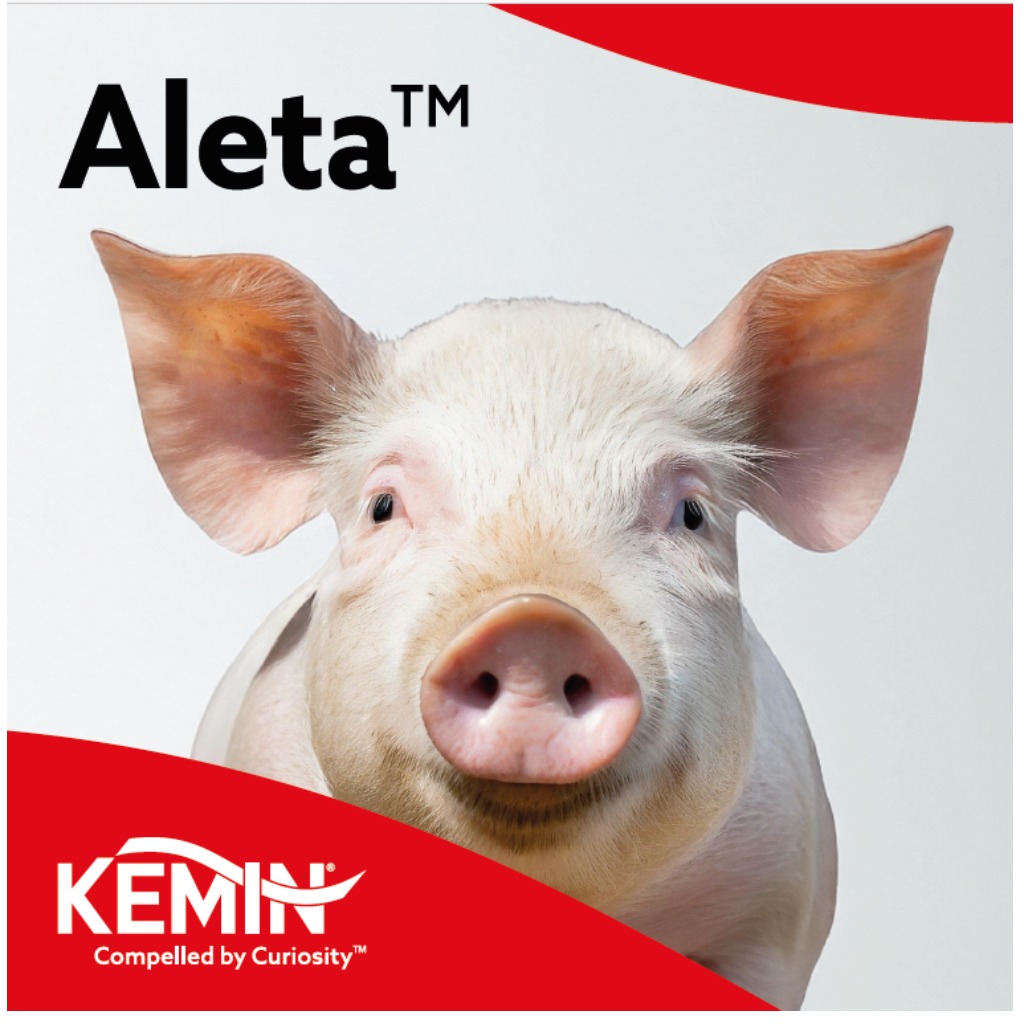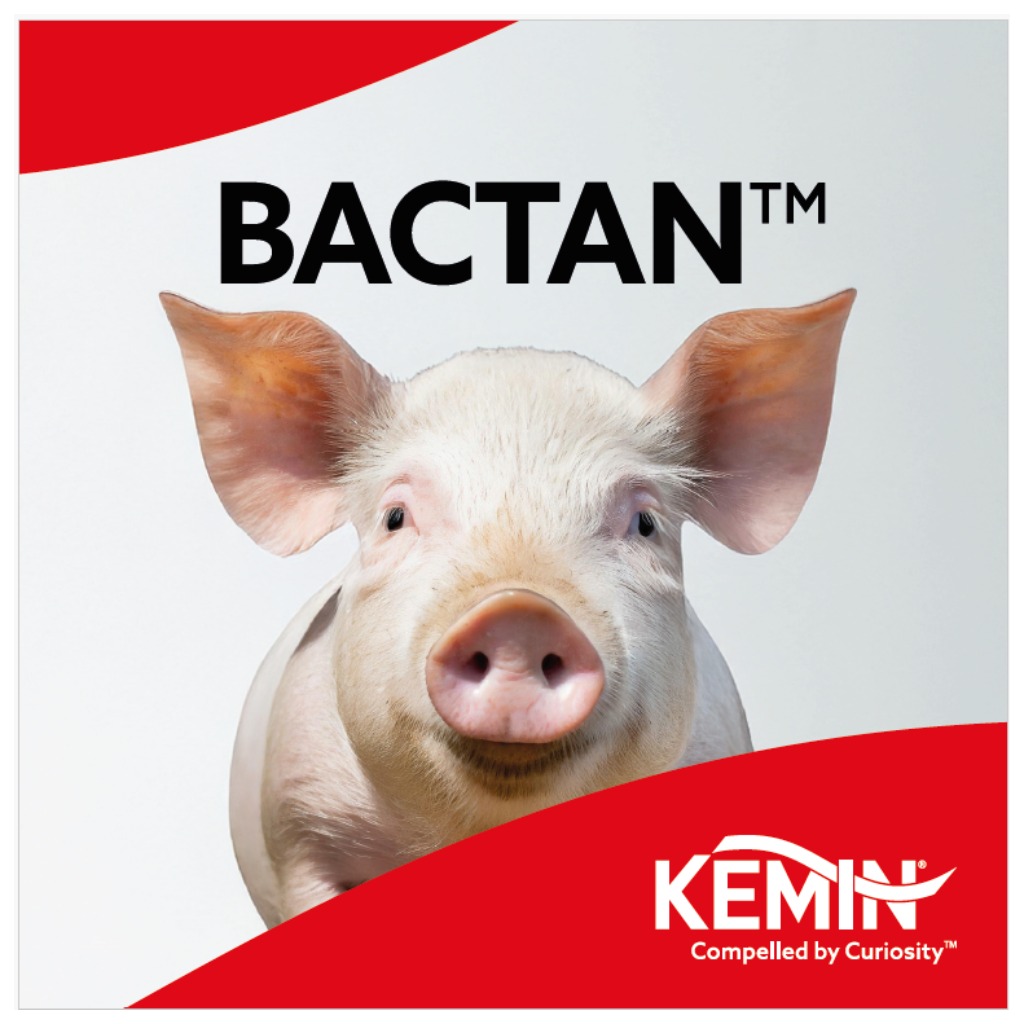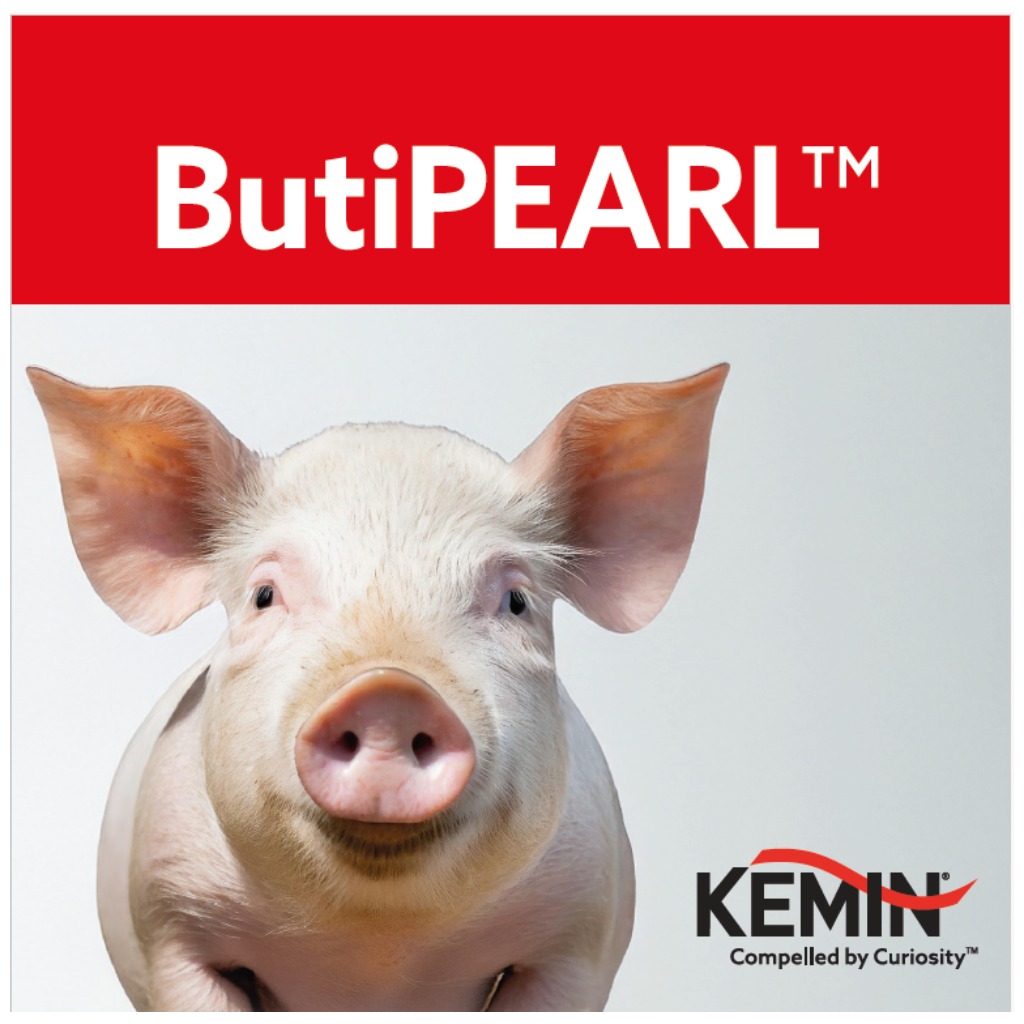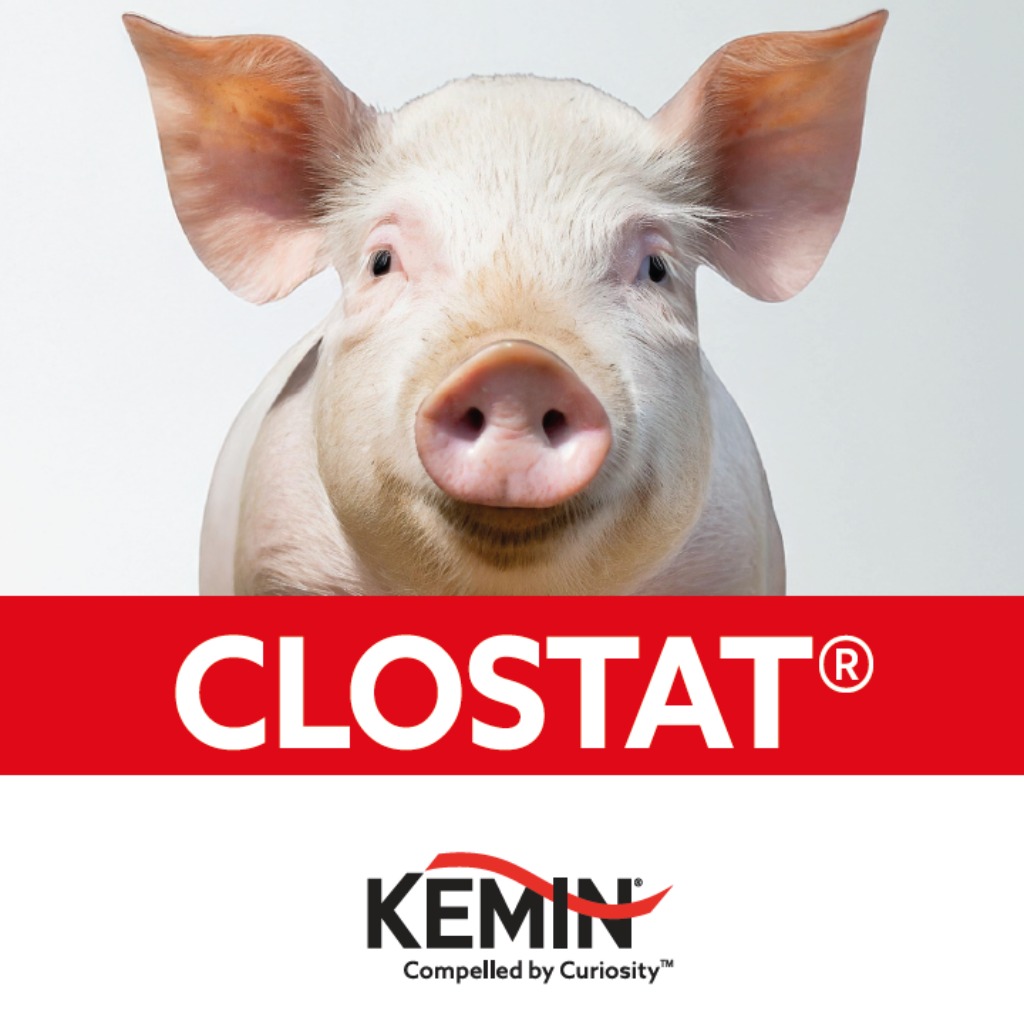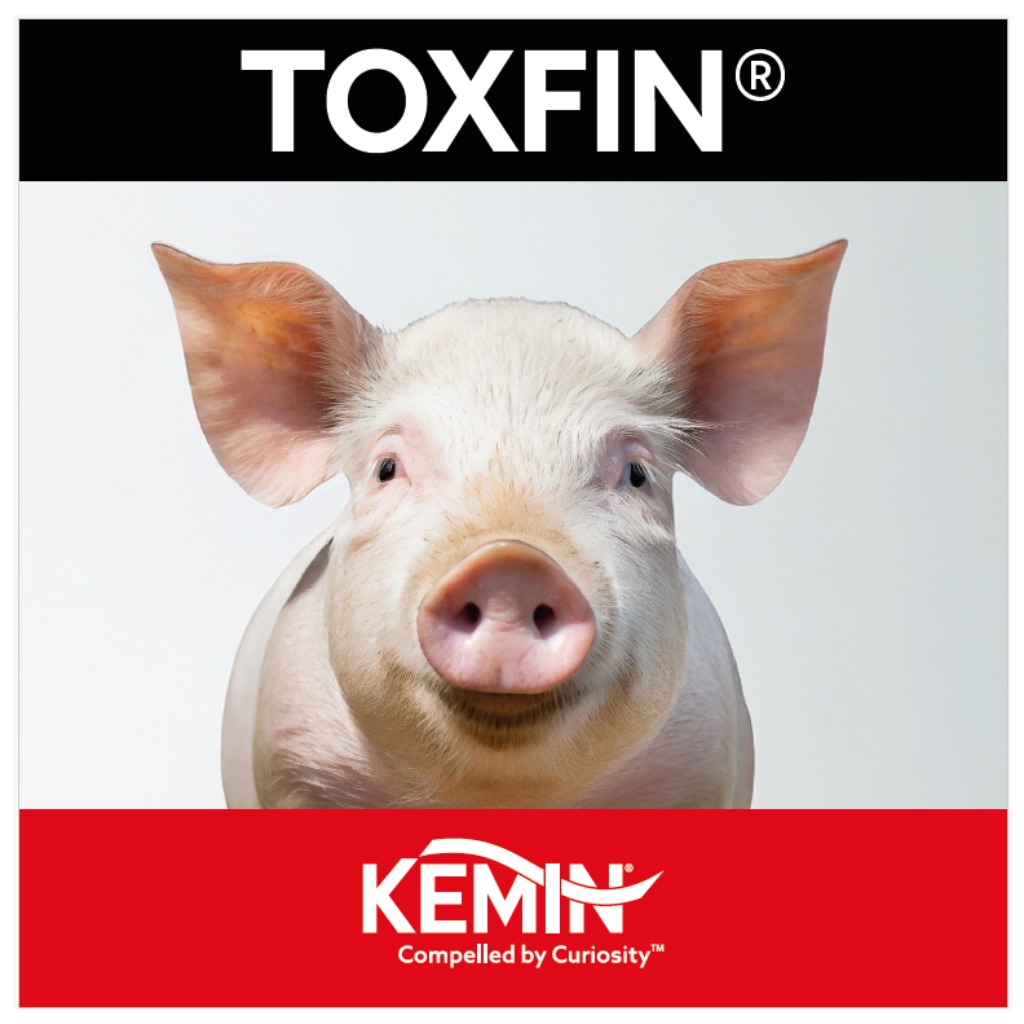Reducing neurochemicals at a gut level as a tool to reduce infection
Feed is not the only way to introduce neurochemicals into the gut, as the animal synthesise its own. There are several studies in poultry, as this has not been looked in swine yet, showing that significant quantities of norepinephrine, dopamine, serotonin within other neurochemicals are found in the luminal content in chickens suggesting it is coming with the feed and has direct contact with the microbiome in the lumen.
To the best of our knowledge this has not been looked at in pigs yet, but as some of these neurochemicals come in significant quantities in feed, we can expect it to some degree in pigs. This will have a tremendous impact on pig health as some of this neurochemicals can exacerbate pathogenicity of certain bacteria.
For instance, norepinephrine has been shown to increase the adherence of pathogenic E. coli to the intestinal lining (Figure 1), exacerbating disease outbreaks. Transport stress similarly disrupts microbial balance, reducing gut integrity and increasing susceptibility to infections. Beyond physical health, stress-induced microbiome changes may influence behavioral traits, potentially affecting group dynamics and feeding patterns.
Figure 1: Adherence of pathogenic E. Coli to intestinal lining vs norepinephrine content
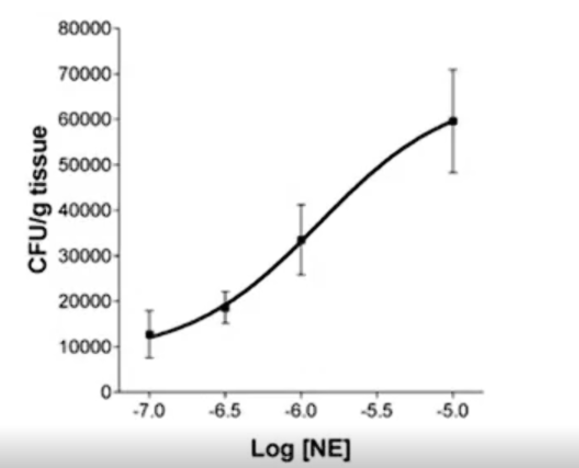
Green, et al. 2004
Catechols, which are compounds found in various foods, have been shown to increase the growth of foodborne bacterial pathogens such as E. coli and the enteric pathogen Salmonella enterica (Freestone et al., 2007). Catechols, which are present in various foods. These compounds can enhance the proliferation of Salmonella in the gut, potentially leading to more severe infections. The interaction between catechols and Salmonella highlights the importance of understanding how dietary components can impact the growth of pathogens in the gastrointestinal tract.
Moreover, the neuroendocrine environment of the gut plays a crucial role in modulating the microbiome. The release of catecholamines, such as norepinephrine and epinephrine, can alter the composition of the gut microbiome, including the proliferation of Salmonella. This bi-directional communication between the host's neuroendocrine system and the microbiome is a key concept in microbial endocrinology.
By understanding these interactions, researchers and producers can develop strategies to mitigate the risks associated with Salmonella infections. This could include dietary modifications, stress management practices, and other interventions aimed at maintaining a healthy gut microbiome and reducing the proliferation of harmful pathogens like Salmonella enterica.
References :
Green et al. (2004) Am J Physiol Gastrointest Liver Physiol 2004 Dec;287(6):G1238-46. doi: 10.1152/ajpgi.00471.2003.
Freestone et al. (2007) FEMS Microbiol Lett, 2007 Apr;269(2):221-8. doi: 10.1111/j.1574-6968.2006.00619.x. Epub 2007 Jan 11.
Kontakt:
Kontaktieren Sie uns über das folgende Formular.



